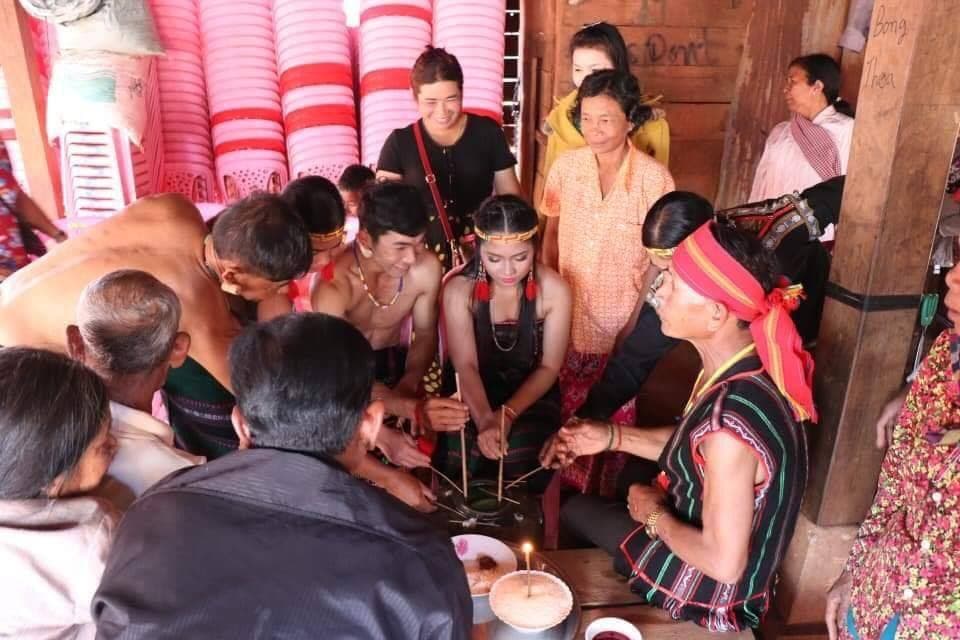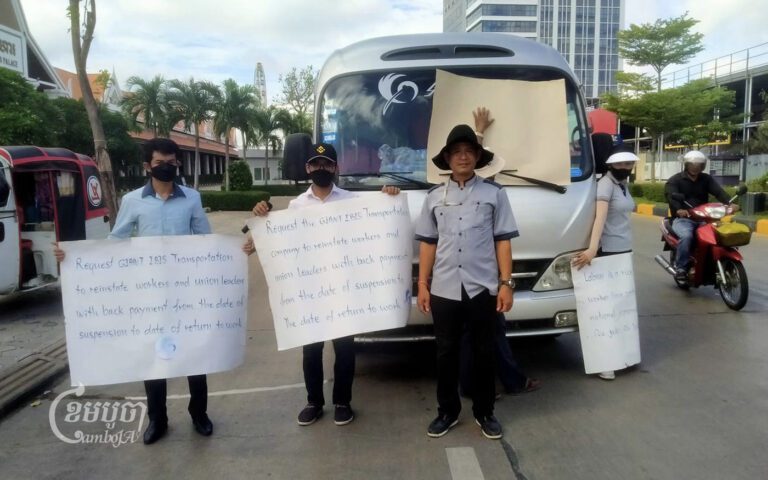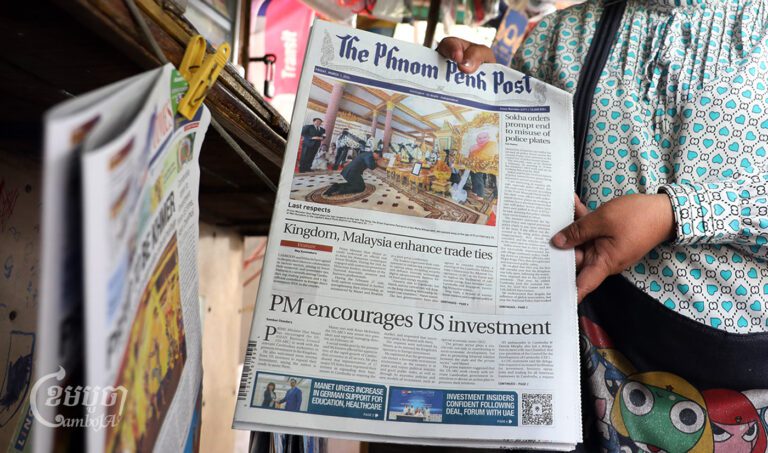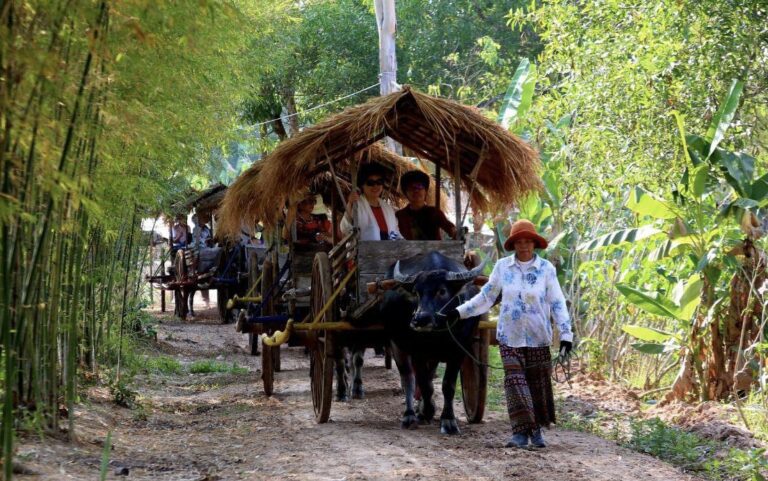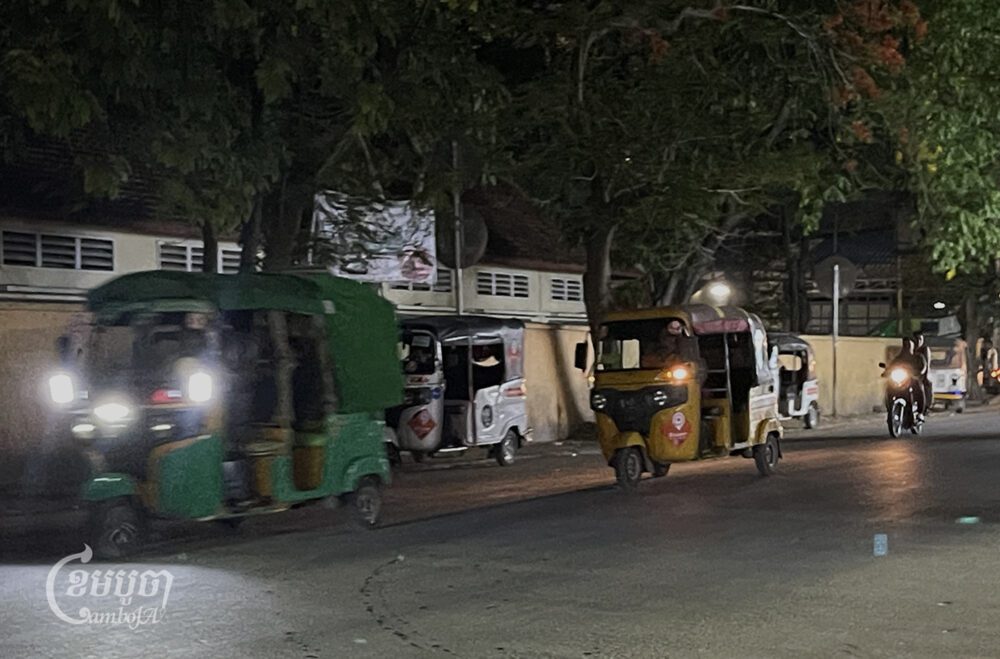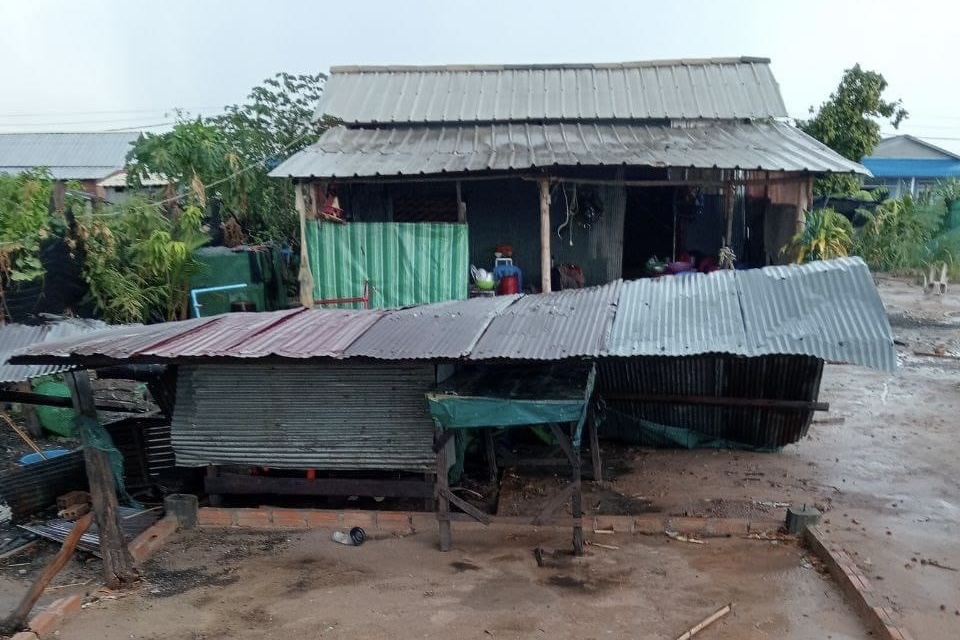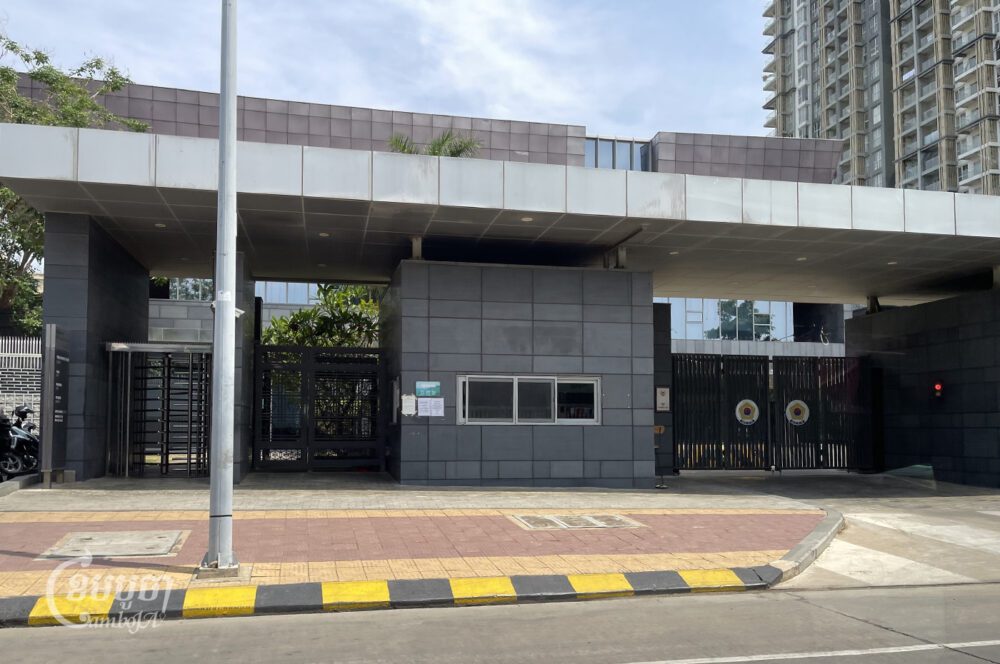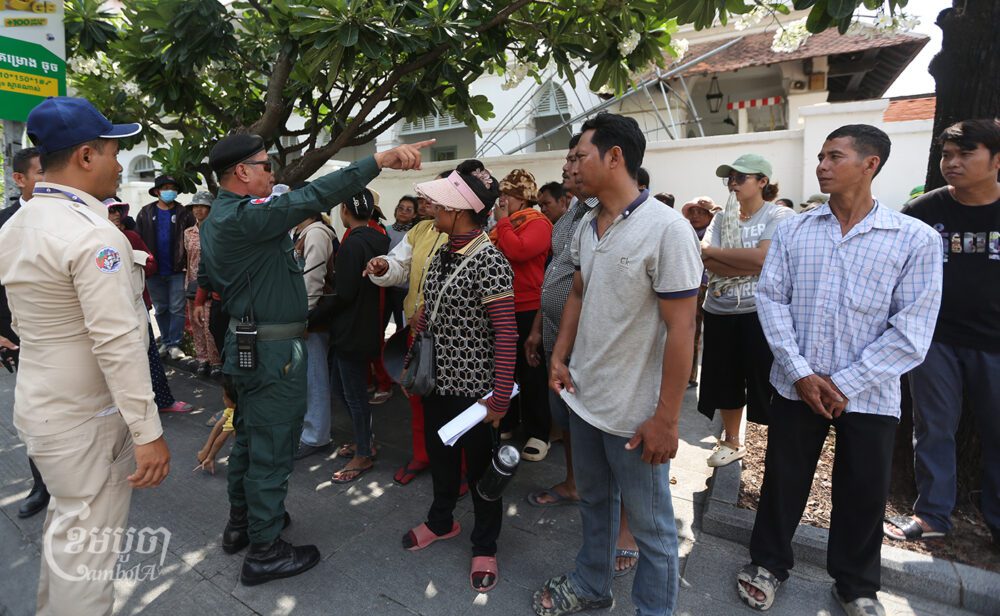Last year, at the age of 17, Khea Sreyleak dropped out of her school in Mondulkiri’s O’Raing district to marry a 24-year-old neighbor — a member of her small Bunong community. She became a mother within a year and spends most of her day caring for her infant and family.
“I dropped out when I was in grade 11. At that time, my mom was severely sick, and no one else could look after her back then. There were no other better choices, so my dropping out is the only thing I could do to alleviate the hardships of my family which was facing financial difficulties,” Sreyleak said in a recent phone interview. Though she is young, her voice sounds bitter as she speaks of the economic circumstances that pushed her into an early marriage.
“I first thought that getting married would help me and my family get out of poverty, but sadly it has not. I wish I could pursue higher education and find a well-paid job so that I would be able to support my family to live in a better situation than we are now. But it is all about the dream that could never happen,” she said.
Sreyleak put the average age of marriage for girls in her village at 15 to 16. She said most enter marriage willingly and of their own accord, rather than being pressured by family. But the situation means girls invariably drop out of high school before graduation and end up with little chance at doing any work besides farming.
While government and nongovernmental organizations have made significant inroads in discouraging child marriage among minority communities in Ratanakiri and Mondulkiri provinces, it remains a persistent problem. And rights workers say the pandemic has undermined progress — pushing girls towards marriage when school stops being option due to long-term closures and worsening the economic hardships faced by families.
Fong Champei, vice president of Cambodian Indigenous Women Working Group, told CamboJA that getting married at a young age is not inherently a part of any minority culture. But she said it remains common due to familial pressure and societal demands. During the pandemic, her groups has seem child marriage increase among minority communities in Ratanakiri, Mondulkiri and six other provinces where they work.
“We do not have an exact number yet. But as we observed, marriage at a very young age among indigenous girls increased during the COVID-19 pandemic. And school closures were a major factor that pushed them to get married without any hesitation,” Champei said.
Research shows that lower rates of female education increases the chance of child marriage and teenage pregnancy, with an even higher rate among girls from ethnic minorities, according to Unicef.
While Cambodia’s last census in 2014 did not disaggregate marriage data by ethnicity, a 2018 Unicef reports notes that: “the proportion of young women aged 20–24 who were married before age 18 shows wide variations by geographic location, ranging from a high of 36 percent in Mondulkiri and Ratanakkiri regions to a low of 5 percent in the capital city, Phnom Penh.”
The group, along with the Ministry of Women’s Affairs in 2017 launched the Provincial Action Plan on Ending Child Marriage and Teenage Pregnancy in Ratanakiri province, though data on its impact has yet to be released.
In March, Unicef warned that the pandemic put 10 million additional girls at risk of child marriage by the end of the decade, due to economic circumstances, educational disruptions, and decreased access to health services.
Chhim Channeang, general secretary of gender rights group NGO-CEDAW, told CamboJA that child marriage among indigenous girls in Cambodia has been recognized as an ongoing issue by both NGOs and government. But until now, she said, the government has taken no specific actions to tackle this issue in spite of a five-year action plan starting from 2017. She said there is no specific data on child marriage during COVID-19 but based on anecdotal evidence, Cambodia, like other countries, is likely to have expressed its concern on it.
“Based on the common experiences, different hardships and difficulties caused by COVID-19 pandemic are likely the potential reasons to enable them to get married,’’ said Channeang.
Mali Sokny, director of the Department of Women’s Affairs in Mondulkiri, said her department and other relevant partners have educated community members about the legal age of marriage, as well as the health impacts of child marriage, but that it continues to occur.
“The department cannot stop them from getting married, we can only disseminate the legal procedures regarding child marriage. Now, the number of child marriage has slightly decreased, and there are not many cases like in Ratanakiri province,” said Sonky.
Wat Eang Heng, director of the Department of Women’s Affairs in Ratanakiri told CamboJA that they remain concerned about the prevalence of child marriage among minority communities in Ratanakiri during COVID-19 pandemic. With support from Unicef, Eang Heng said, the department has promoted the prevention of child marriage and teen pregnancy in their communities, but has not made a significant impact.
“The information in the recent Unicef report is simply true, that the COVID-19 will increase the likelihood of child marriage. It is a big concern to us,’’ said Eang Heng.


